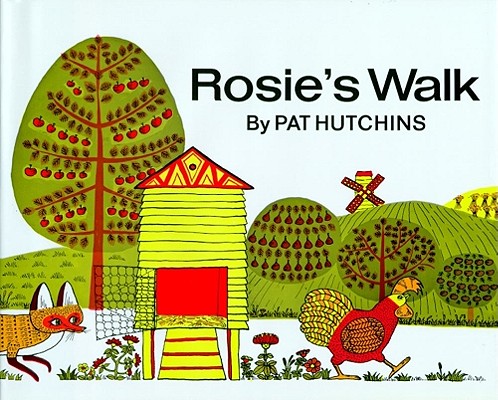
Learning about directions with arrows
Unplugged Activity No Coding Experience Direction Based
What you need
Tools
Pen and paper
Skills
Directional skills to understand basic directions
Environment
Any environment with enough space to move around
Support
Adult moderator and one or more learners
Description
This interactive and playful activity helps learners practice their directions. Parents and educators can use simple drawings of arrows to direct learners to perform different movements. This practice is similar to when police officers direct traffic with hand signs. You can also compare this activity to a GPS - learners could be a human GPS or Google Maps, directing each other from one location to another in the room.
Steps
- Draw a straight arrow, a turn right arrow, and a turn left arrow on separate pieces of paper.
- Like a police officer, hold up each piece of paper and speak the label, such as “Move Forward” and give direction to the learner, similar to a GPS, Google maps, or a police officer.
Tips
- Draw a small grid to guide movement. This support helps with the tracking movement to understand that with forward movement one leaves the current spot and lands in a different spot, whereas turning happens on the original spot.
- Consider using colored bracelets (with left and right or L and R printed on them, or colored stickers for learners to wear on their hands) to provide visual cues. Associating colours with directions can support learners to be more independent with right and left.
- Preparing to include a hidden goal/treat will add to the excitement and engagement of learners, and direct the learners towards them.
Skill Development
- Directional
- Spatial
- Gross motor movement
- Communication
Level Up!
- Switch roles and get learners to use the arrows or hand gestures to direct you in the environment.
- In the early stages, start with the partner facing the same way as the learner. Then level up to situations in which the partner is not facing in the same direction as the learner.
You may like this:

Directions anywhere, anytime
Unplugged · No Coding Experience · Direction Based
This activity helps learners explore and practice their directions.

What are directions to me
Unplugged · No Coding Experience · Direction Based
This activity covers directions using our hands and feet.
